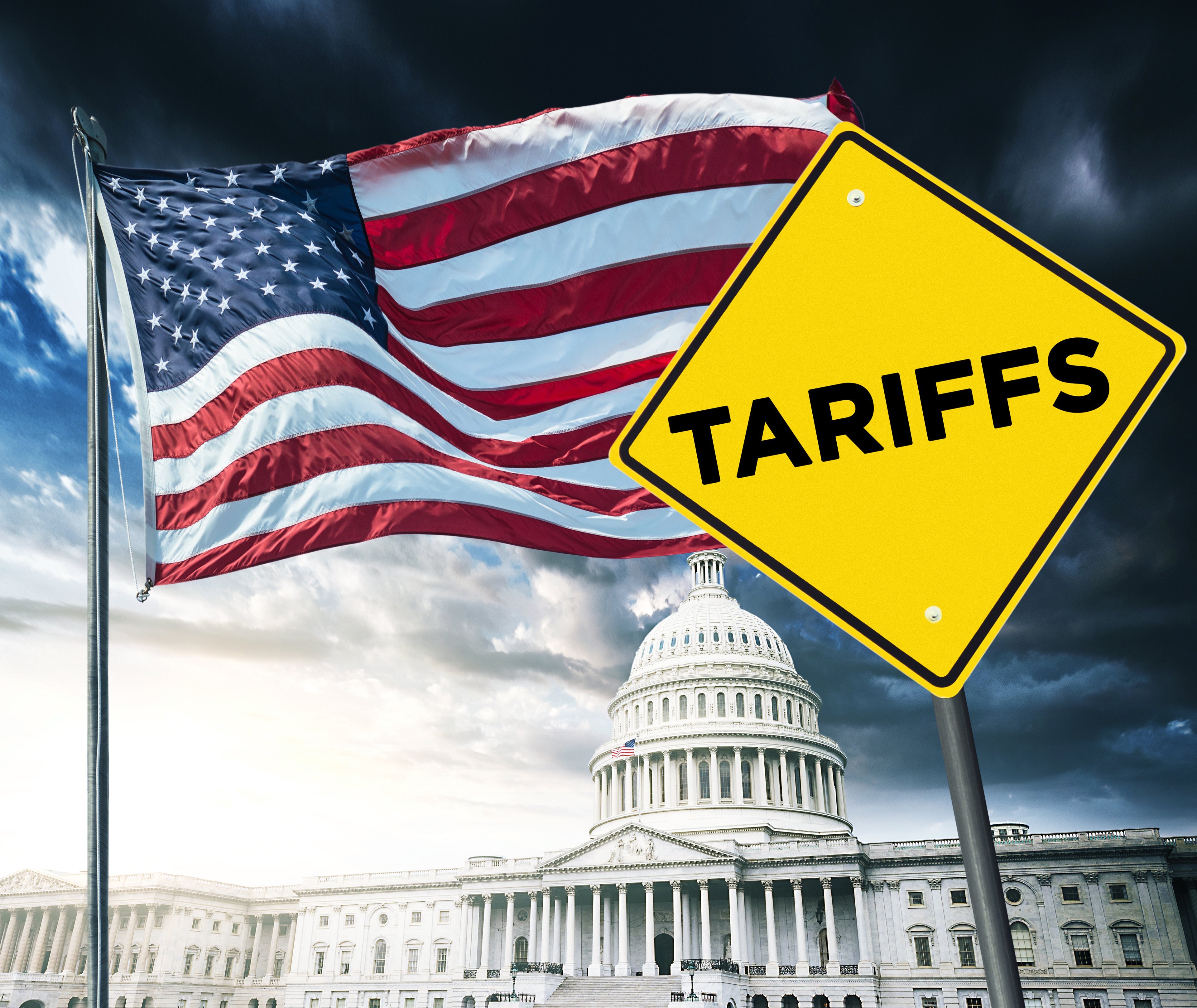A stock must increase 900% to generate a 10x return. Only 23 companies in the S&P 500 (^GSPC +0.88%) accomplished that during the last decade. But Upstart Holdings (UPST +1.17%) more than tripled in value in the last year, and I think it could be a 10x investment over the next decade.
Here's what that implies for shareholders: Upstart currently trades at $79 per share and has a market value of $7.5 billion. The stock must increase 900% to $790 per share to achieve a 10x return. That would bring its market value to $750 billion.
Here's what investors should know about Upstart.

Image source: Getty Images.
Upstart uses artificial intelligence to help banks lend money
Upstart operates an artificial intelligence (AI) lending platform built to improve access to affordable credit for consumers, while reducing costs for banking partners. Most lenders make credit decisions with simple rules-based systems that incorporate a limited number of variables. But Upstart uses sophisticated machine learning models informed by 2,500+ variables to determine whether borrowers are creditworthy.
Internal studies have show banks on Upstart's AI platform can approve more borrowers at lower interest rates without an increase in defaults. Alternatively, banks can reduce defaults while approving the same number of borrowers. Either way, lenders benefit from improved profitability. The average Upstart loan originated in the last two years is on track to outperform the two-year Treasury yield by 7.1 percentage points.
Importantly, Upstart says it has a "significant competitive advantage" in that the machine learning models supporting its platform benefit from a network effect, which makes the decisioning engine more accurate each time a borrower makes or misses a payment. The number of data points used to train those models has increase over fourfold since 2022.

NASDAQ: UPST
Key Data Points
Upstart looked strong in the second quarter
Upstart reported encouraging second-quarter financial results that beat estimates on the top and bottom lines. Revenue increased 102% to $257 million and non-GAAP net income was $0.36 per diluted share, up from a loss of $0.17 per diluted share in the same quarter last year. The company also raised its full-year guidance, such that revenue is projected to increase 65% in 2025.
Management provided important context on the earnings call. First, new products (home equity lines of credit and auto loans) accounted for over 10% of total originations for the first time. Second, loan volume held on the company's balance sheet jumped 25% to $1 billion, but most of those loans are considered R&D expenses, meaning the company uses them to test and evaluate AI models.
Importantly, CFO Sanjay Datta says increased loan volume on the balance is a temporary situation. "We have already begun the process of securing external capital to support these initiatives, and we believe these efforts will allow us to transition away from direct balance sheet funding of these in the near-term."
Why Upstart could be a 10x investment over the next 10 years
Upstart currently trades at 90 times adjusted earnings, which sounds expensive without more information. But Wall Street estimates the company's adjusted earnings will increase at 66% annually through 2027, a sensible estimate given its total addressable market exceeds $3 trillion in loan origination volume.
For context, loans originated on Upstart's AI platform totaled $8.6 billion over the last four quarters, meaning the company has captured less than 1% of its addressable market. That leaves room for earnings to grow at 40% annually over the next decade. And in that scenario, Upstart stock could advance 900% while its price-to-earnings multiple dropped to a more reasonable 32.
Importantly, investors should bear in mind that (1) my prediction is rather aggressive and (2) predicting what might happen over a 10-year period is virtually impossible. But I think Upstart is likely to beat the market over the next decade even if the stock does not increase 10 times in value. Patient investors that can tolerate volatility should feel comfortable buying a small position today.






